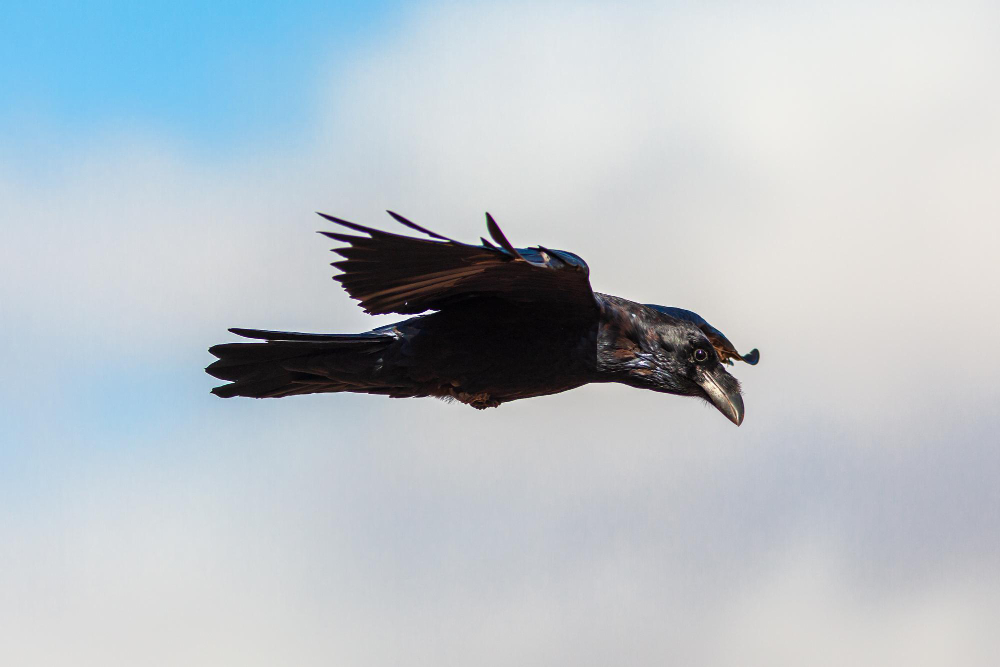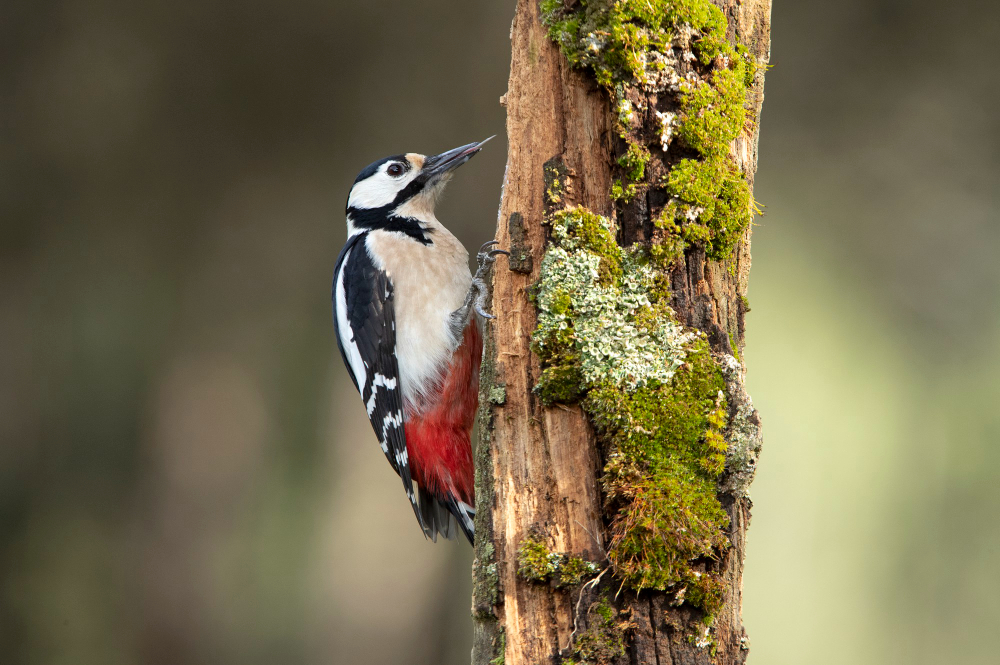There are stories and myths about birds in most cultures. Being emblems of power such as Zeus’ eagle and supernatural wisdom, such as Athena’s crows, owls, and ravens in general. Several Native American tribes have also revered as gods some birds and bird-like species.
This blog post will cover what bird superstitions are, birds that bring good and bad luck, and things that you should do when you see bad-luck birds.
History and superstitions
Throughout history, people have associated birds with various beliefs and superstitions, often based on their appearance, behaviour, or perceived mystical qualities. These beliefs are based on folklore and old stories. While certain birds are said to herald bad luck and death, certain birds are believed to bring happiness and good fortune. Despite a lack of scientific evidence, these superstitions remain a fascinating and enduring aspect of Canadian culture.
Birds that give you bad luck
People in Canada have a superstition that particular birds bring with them an ill fortune. They even connect some bird species with death. Here are a few examples.
People often link owls to death, darkness, and bad luck. Some Native American cultures believe that owls bring death and that their hooting is a sign that danger is close. Many cultures see the sight of an owl as a bad omen.
On the other hand, some parts of the world frequently associate crows with death. They link seeing a single crow with bad luck. For some societies, the mere sight of a crow translates into a portent of impending doom since they believe the birds to be the souls of the dead. Some people believe that if you see five crows, you will get sick. If you see six crows, you will die.
Seagulls are also thought to bring bad luck because they are scavengers. Many cultures connect them with death. Some say that when three seagulls fly together directly above, it means that death is impending. Their tendency to steal food and their messy droppings add to their negative association with bad luck.

Things to do when you see bad luck birds
If you spot a bad luck bird, some cultures suggest specific actions to drive away negative consequences.
In the case of owls, turn your pockets inside out or turn around three times to ward off the owl’s message of death and avoid bad luck. If you come across crows, on the other hand, spit over your left shoulder to ward off any misfortune.
In case you encounter a magpie, some traditions propose greeting it, “Good morning, Mr Magpie,” for instance, to avoid any bad luck. Others suggest saluting the magpie or crossing your fingers until you see another bird. There is even a song written about magpies that starts with one for sorrow, two for joy, three for a girl, and four for a boy. So seeing one magpie will apparently bring you misfortune.
Birds that give you luck
Not all birds bring bad luck. There are some birds that bring good fortune. People often think of robins when they think of spring, fresh starts, and good luck. They consider seeing a robin as a sign of good luck and happiness.

Hummingbirds bring joy and good luck because of their agility and speed. They are seen as messengers of love. Further, many cultures associate them with healing and good health. On the other hand, blue jays are believed to be smart and resourceful. So, seeing a blue jay should bring you good luck and prosperity.
Woodpeckers symbolize good luck in some cultures. These birds bring good fortune and gifts to those who encounter them. This belief is well known around the world but is especially popular in North America and Canada.
